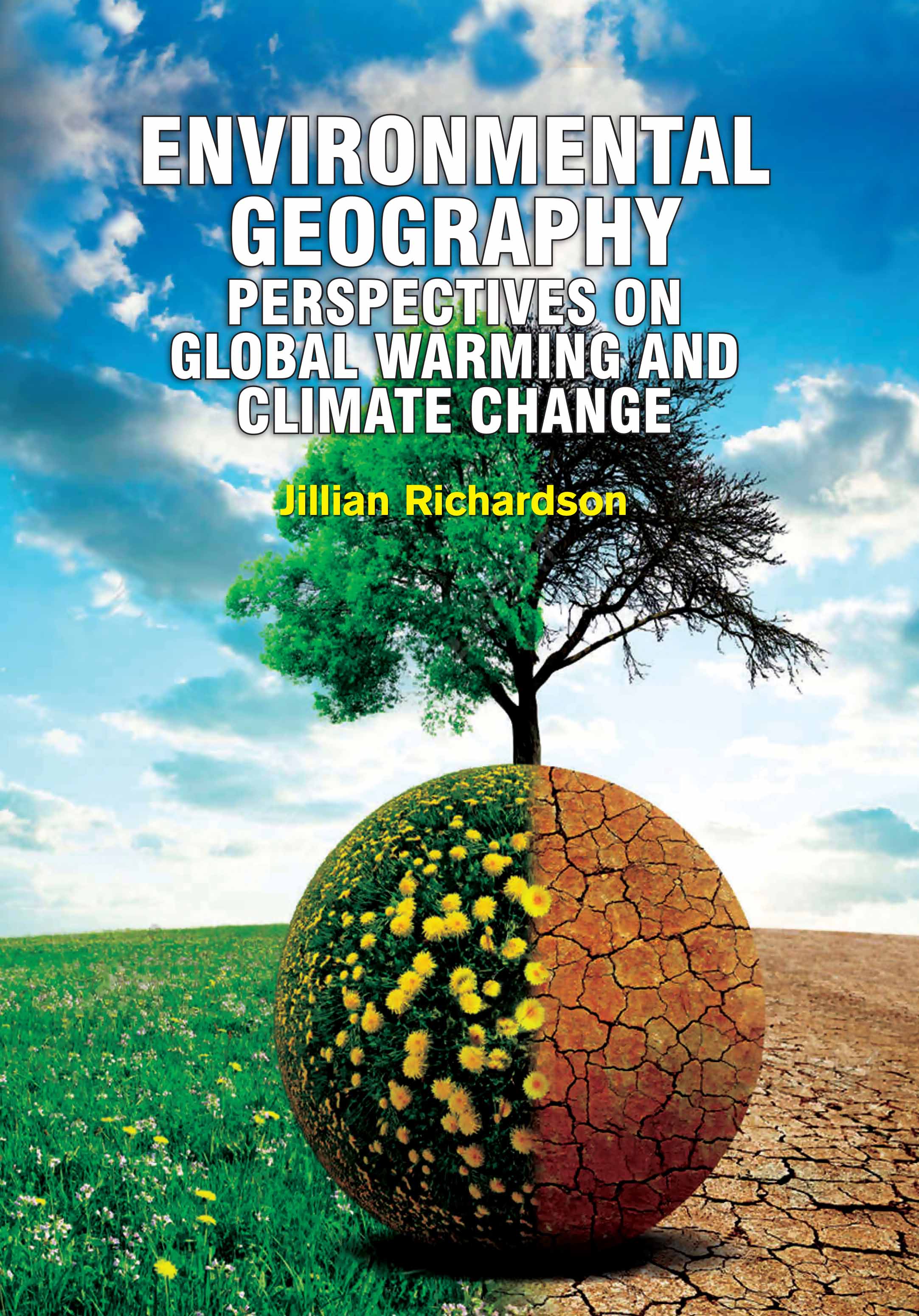About This Book
The Textbook of Applied Aquatic Biology offers an in-depth exploration of the principles and practices of
aquatic biology, focusing on the application of scientific knowledge to real-world issues related to aquatic
ecosystems. This field involves the study of aquatic organisms, their habitats, and the environmental factors
that influence their growth, behavior, and interactions. Aquatic biology is crucial for understanding the health
of water bodies, biodiversity conservation, and the management of fisheries, aquaculture, and water resources.
The book covers a wide range of topics, including the biology of aquatic organisms such as fish, invertebrates,
and aquatic plants, as well as the ecological dynamics of freshwater and marine ecosystems. It emphasizes the
importance of ecological monitoring, habitat restoration, and pollution control to maintain sustainable aquatic
environments. Furthermore, it delves into the use of biotechnology in aquaculture, fish breeding, and
conservation biology. A major aspect of the textbook is the application of environmental science to the
management of aquatic ecosystems. It highlights the impacts of human activities, such as pollution,
overfishing, and habitat destruction, on aquatic biodiversity. Through case studies and practical examples, the
book serves as an essential resource for students, researchers, and professionals in fields like environmental
management, fisheries science, and aquatic conservation. The Textbook of Applied Aquatic Biology provides a
comprehensive guide to the study and management of aquatic ecosystems, focusing on practical applications
in conservation, fisheries, and aquaculture.
Contents: 1. Aquatic Animal, 2. Aquatic and Terrestrial Organisms, 3. Common Diseases in Aquarium Fish,
4. Freshwater Algae and Plants, 5. Aquatic and Terrestrial Plants, 6. Freshwater Biodiversity in Fisheries,
7. Aquatic and Terrestrial Ecosystem, 8. Water Quality and Aquatic Life, 9. Aquatic Plant Varieties, 10. Ecology of
Freshwater Ecosystems.

